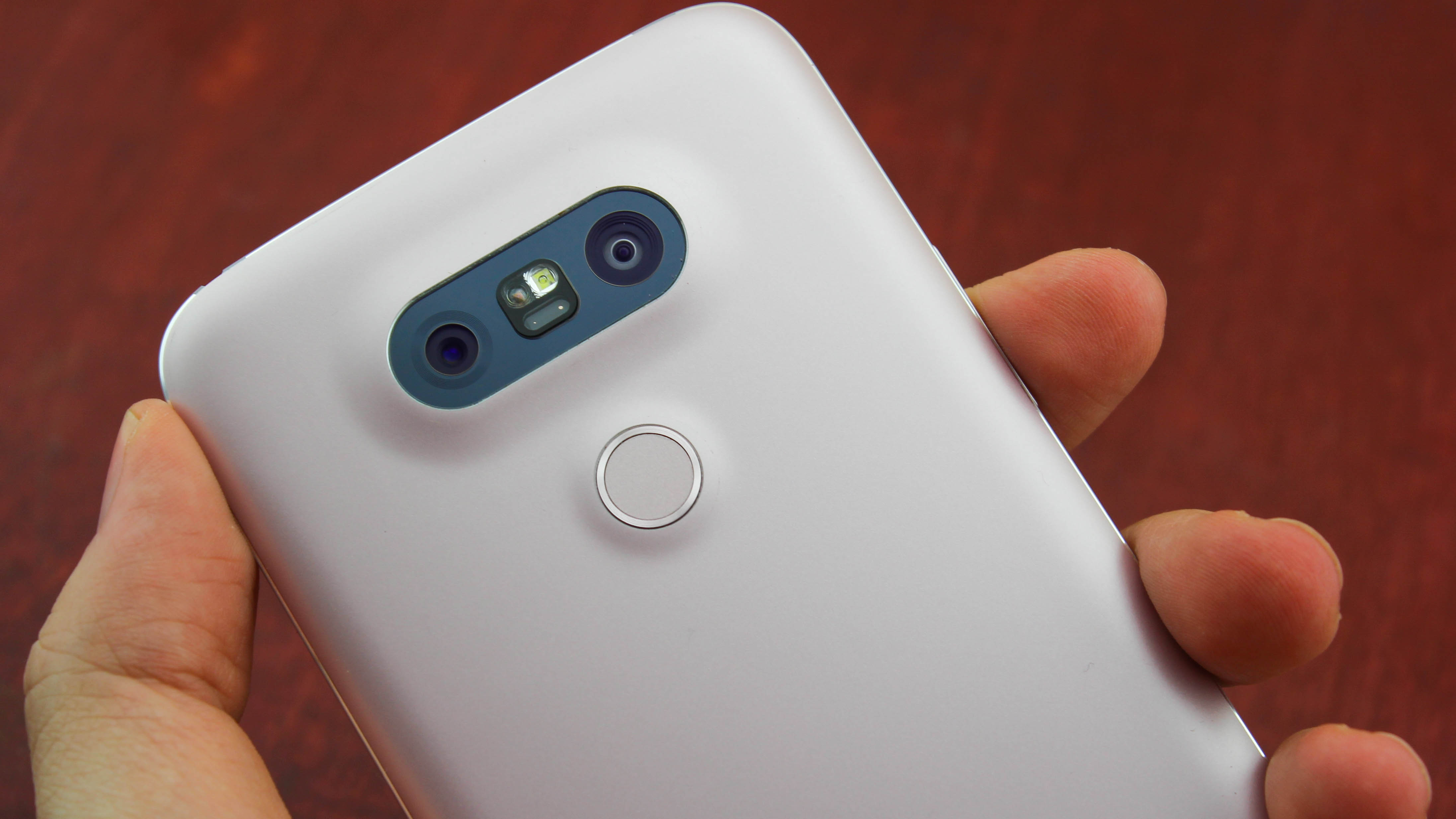This new dual camera technology is supposed to mimic the human eye
Qualcomm Clear Sight will pave the way to more Android dual cameras

Dual cameras are all the rage right now. Apple's iPhone 7 Plus is going to introduce many people to their first dual-camera setup on Friday, but there has also been the LG V20, LG G5, Huawei P9, HTC One M9 and Honor 6 Plus before it.
The list of phones won't stop there if chip maker Qualcomm has anything to do with it. Its engineering labs have developed a dual-camera technology designed to mimic the attributes of the human eye.
You see, the human eye contains cells of "cones" and "rods." Cones are great at capturing color but need ample light, while rods do well in low-light conditions, but aren't much for capturing color.

That's exactly the idea behind Qualcomm's Clear Sight technology, which features two camera modules, each with the same focal length, but their own lens and image sensors.
There's a color image sensor and a separate black and white image sensor. The latter is supposed to be able to provide better contrast and low-light performance with less noise and improve sharpness.
Where you'll see this next
If this sounds familiar, it's the same idea that already exists on the Huawei P9. The Chinese phone maker uses a black-and-white camera and vibrant color camera, and combines them into one.
Qualcomm's Spectra image signal processor also combines the two resulting images into one superior photo, and it's destined for the company's Snapdragon 820 and 821 processors.
Sign up for breaking news, reviews, opinion, top tech deals, and more.
We've already seen a bunch of Snapdragon 820 chips in phones, from the Samsung Galaxy S7 Edge to the Moto Z, and Snapdragon 821 is just getting its start in phones like the Asus Zenfone 3 Deluxe.
What's different is that Qualcomm is making it easier for phones manufacturers that uses its Snapdragon chips to develop dual camera setups without having to engineer the technology all by themselves.
In other words, if you thought 2016 had a lot of dual camera phones, just wait until 2017.
